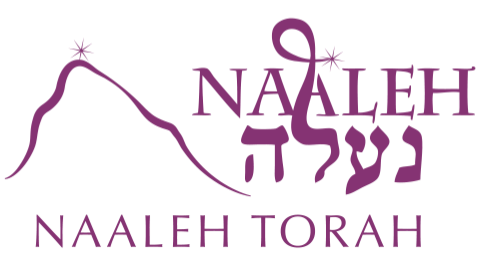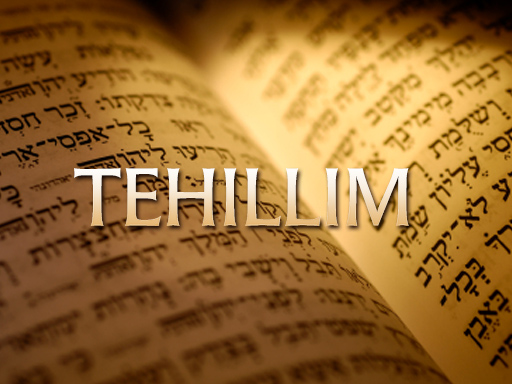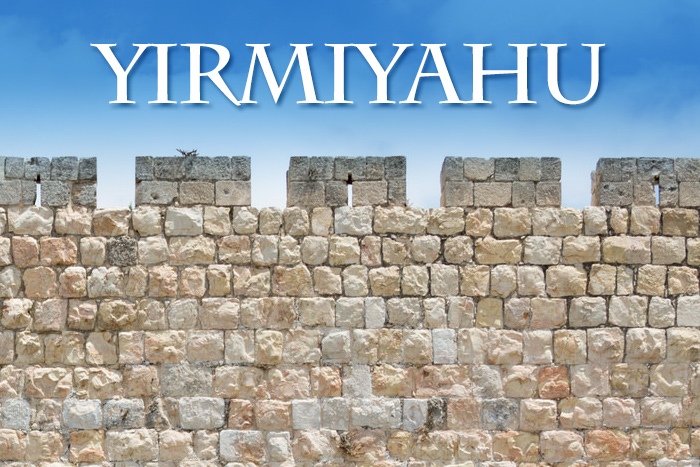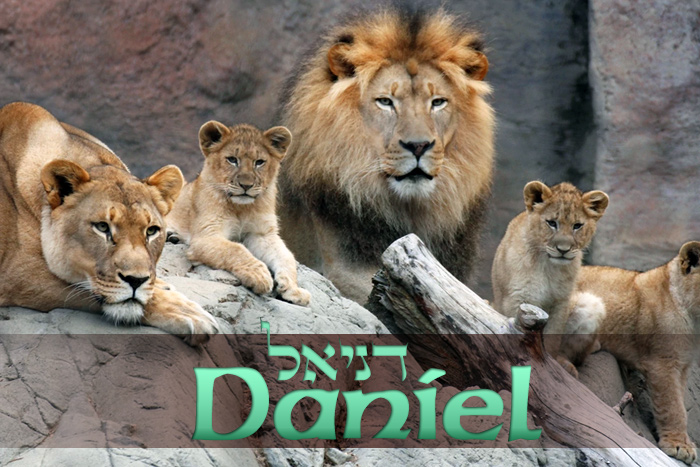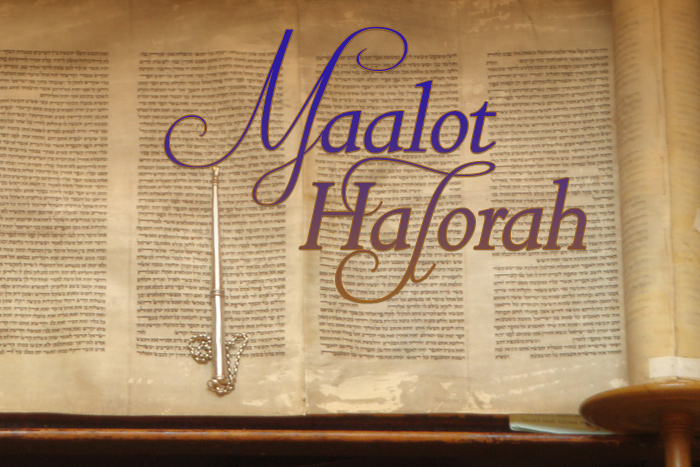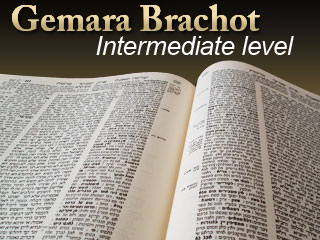Correcting Others’ Wrongdoings
Posted onIn this Torah shiur (class) on the laws of proper speech, Rabbi Beinish Ginsburg teaches Sefer Chofetz Chaim klal daled, paragraphs 4-6. The Chofetz Chaim emphasizes that one is not allowed to tell others if he saw someone commit a transgression once, because the person may have done teshuva. Rather, he should approach the person and rebuke him himself. Rabbi Ginsburg discusses the proper way to give tochacha (rebuke), as constructive criticism, gently and respectfully.
